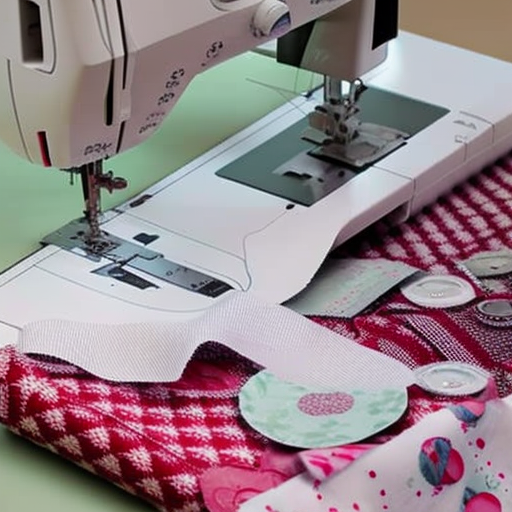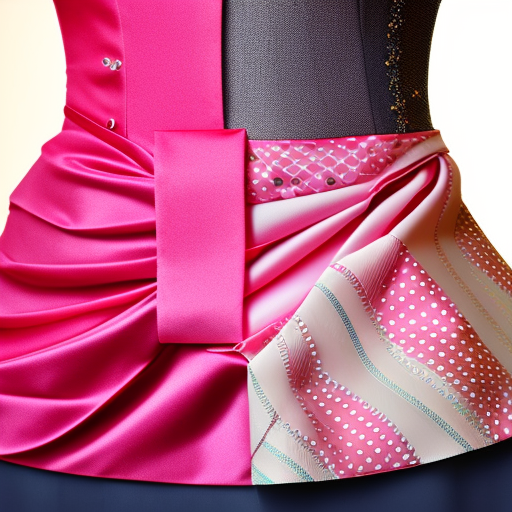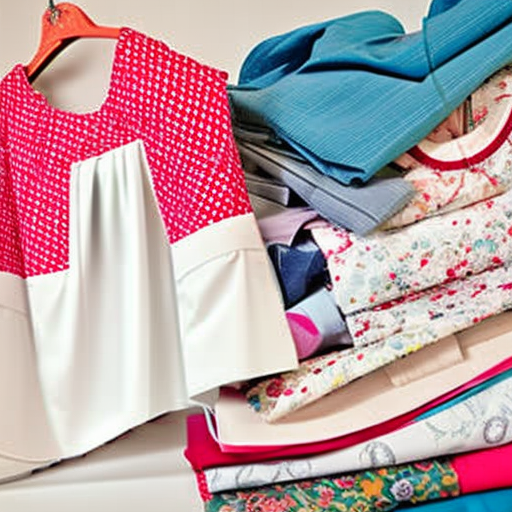
Many beginners in the sewing world often find themselves puzzled by the complexity of sewing patterns. It can be quite overwhelming to decipher the intricate lines, symbols, and measurements on those pieces of paper that are supposed to guide you through the creation of your dream garment. So, why exactly are sewing patterns so difficult?
1. Terminology
One of the main hurdles beginners face when using sewing patterns is the terminology. Patterns are filled with sewing jargon that can be daunting to grasp initially. Terms like seam allowance, selvage, grainline, notches, darts, and pleats may sound like a foreign language. However, with some practice and research, you’ll soon become familiar with these terms and find it easier to understand the instructions.
2. Complexity of Instructions
Another reason sewing patterns can be difficult is the complexity of the instructions. They often assume prior knowledge and provide limited explanations, which can leave beginners feeling lost. It’s essential to carefully read through the instructions, take your time, and refer to sewing resources or tutorials if needed. As you gain experience, you will become more comfortable interpreting and following the instructions.
3. Sizing and Adjustments
Sewing patterns come in various sizes, and selecting the right one can be tricky. Each pattern company may have its own sizing chart and fit preferences, making it challenging to find the perfect size for your body. Furthermore, people have different body shapes and proportions, so adjustments may be necessary to achieve the desired fit. Understanding how to make alterations to the patterns takes practice and patience.
4. Pattern Preparation
Before you can start cutting your fabric, you need to prepare the pattern pieces. This involves tracing or cutting the correct size, transferring markings, and making any adjustments necessary for your unique measurements. Mishandling or skipping these steps can lead to errors and affect the final result. Taking your time during the pattern preparation stage ensures greater accuracy and ease during the sewing process.
5. Experience and Skill Level
Lastly, sewing patterns may seem difficult simply due to your current experience and skill level. As with any craft, sewing requires practice to become proficient. Don’t be discouraged if you struggle initially. Start with beginner-friendly patterns and gradually work your way up to more complex ones as your skills improve. With time and dedication, you’ll be able to tackle any sewing pattern with confidence.
In Conclusion
While sewing patterns may initially appear difficult, it’s important to remember that every sewist started at the same point. With patience, practice, and a willingness to learn, you can conquer any challenges that come your way. So, don’t let the complexity deter you from pursuing your sewing dreams. Embrace the learning process and enjoy the rewarding feeling that comes with creating beautiful garments from scratch. Happy sewing!





It can take time to learn how to use a sewing pattern correctly
Emily Marsh: Yes, it’s definitely a learning process!
Sandy Smith: It’s not just that – the terminology can be difficult too!
Agreeing with what has been said, I think the main difficulty with sewing patterns lies in the large amount of discrepancies between brands and designers. It’s important for those just starting out in the sewing world to learn how to navigate this terminology, as well as learning how to read patterns correctly and understanding the material used.
Sewing is an art and difficult to master, just like any new skill. There’s a lot to learn and a lot of patience!
Plus, staying patient and practicing will make the learning curve a lot easier!